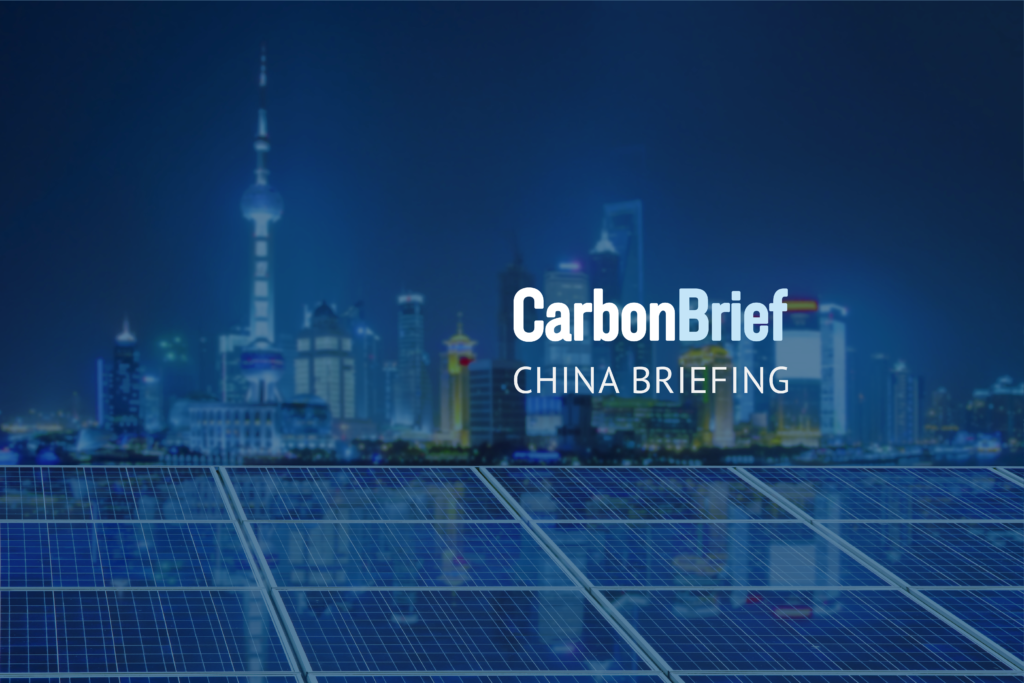This robust expansion is driven by a confluence of factors, including technological advancements, increased environmental awareness, and supportive government policies aimed at accelerating the transition to renewable energy sources. As the world grapples with the consequences of climate change and the urgent need to reduce carbon emissions, solar energy emerges as a cornerstone of sustainable development.
The global solar cells market is poised for unprecedented growth, with projections indicating that its value will exceed USD 50.2 billion by 2032. This robust expansion is driven by a confluence of factors, including technological advancements, increased environmental awareness, and supportive government policies aimed at accelerating the transition to renewable energy sources. As the world grapples with the consequences of climate change and the urgent need to reduce carbon emissions, solar energy emerges as a cornerstone of sustainable development.
The Growing Demand for Clean Energy
The growing demand for clean energy is a primary driver of the solar cells market. With rising global temperatures and increased greenhouse gas emissions, there is a pressing need for renewable energy solutions that can mitigate environmental impact. Solar cells, which convert sunlight directly into electricity, offer a clean and abundant source of power. Unlike fossil fuels, solar energy is renewable, non-polluting, and available in nearly every part of the world. As such, it has become an attractive alternative for both developed and developing countries looking to diversify their energy portfolios and reduce dependence on fossil fuels.
Technological Innovations and Cost Reductions
Technological innovations have played a pivotal role in the growth of the solar cells market. Over the past decade, there have been significant advancements in solar cell efficiency and manufacturing processes. The development of high-efficiency photovoltaic (PV) cells, such as monocrystalline and bifacial solar panels, has led to higher energy yields and reduced costs. Additionally, innovations in thin-film technology and perovskite solar cells have opened new avenues for research and commercialization.
Cost reductions have been equally transformative. The cost of solar power has plummeted in recent years, making it competitive with traditional energy sources. According to various industry reports, the levelized cost of electricity (LCOE) from solar power has decreased by over 80% since 2010. This decline is attributed to economies of scale, improvements in manufacturing efficiency, and increased competition among solar panel manufacturers. As a result, solar power is now more accessible and affordable than ever before.
Government Initiatives and Policy Support
Government initiatives and policy support are crucial enablers of the solar cells market. Many countries have implemented policies to promote the adoption of renewable energy, including tax incentives, feed-in tariffs, and renewable energy certificates. For instance, the European Union has set ambitious targets for renewable energy adoption, aiming to achieve a 32% share of renewables in the energy mix by 2030. Similarly, countries like China and India have launched large-scale solar power projects and provided subsidies to boost solar capacity.
In the United States, the extension of the Investment Tax Credit (ITC) for solar energy has been a significant catalyst for market growth. The ITC allows homeowners and businesses to deduct a portion of the cost of installing solar systems from their federal taxes. This incentive, along with state-level policies, has spurred a wave of investments in residential, commercial, and utility-scale solar projects.
Challenges and Future Outlook
Despite the positive outlook, the solar cells market faces several challenges. One of the primary challenges is the intermittency of solar power, which requires efficient energy storage solutions to ensure a stable power supply. Additionally, the global supply chain disruptions, particularly in the semiconductor industry, have affected the availability of critical components for solar panel manufacturing.
However, the future of the solar cells market remains bright. With continued advancements in technology and the growing emphasis on sustainability, the market is expected to experience sustained growth. The increasing adoption of electric vehicles (EVs) and the integration of solar power with smart grids and energy storage systems are likely to create new opportunities for the industry.
Conclusion
In conclusion, the solar cells market is on the cusp of a transformative era. As it surpasses the USD 50.2 billion mark by 2032, it will play a crucial role in the global transition to a low-carbon economy. The convergence of technological innovation, cost reductions, and supportive policies will continue to drive the market forward, making solar energy a central pillar of the future energy landscape. The world is indeed witnessing the dawn of a renewable era, with solar power leading the charge toward a cleaner and more sustainable future.
Source: https://www.gminsights.com/industry-analysis/solar-cells-market



















Discussion about this post